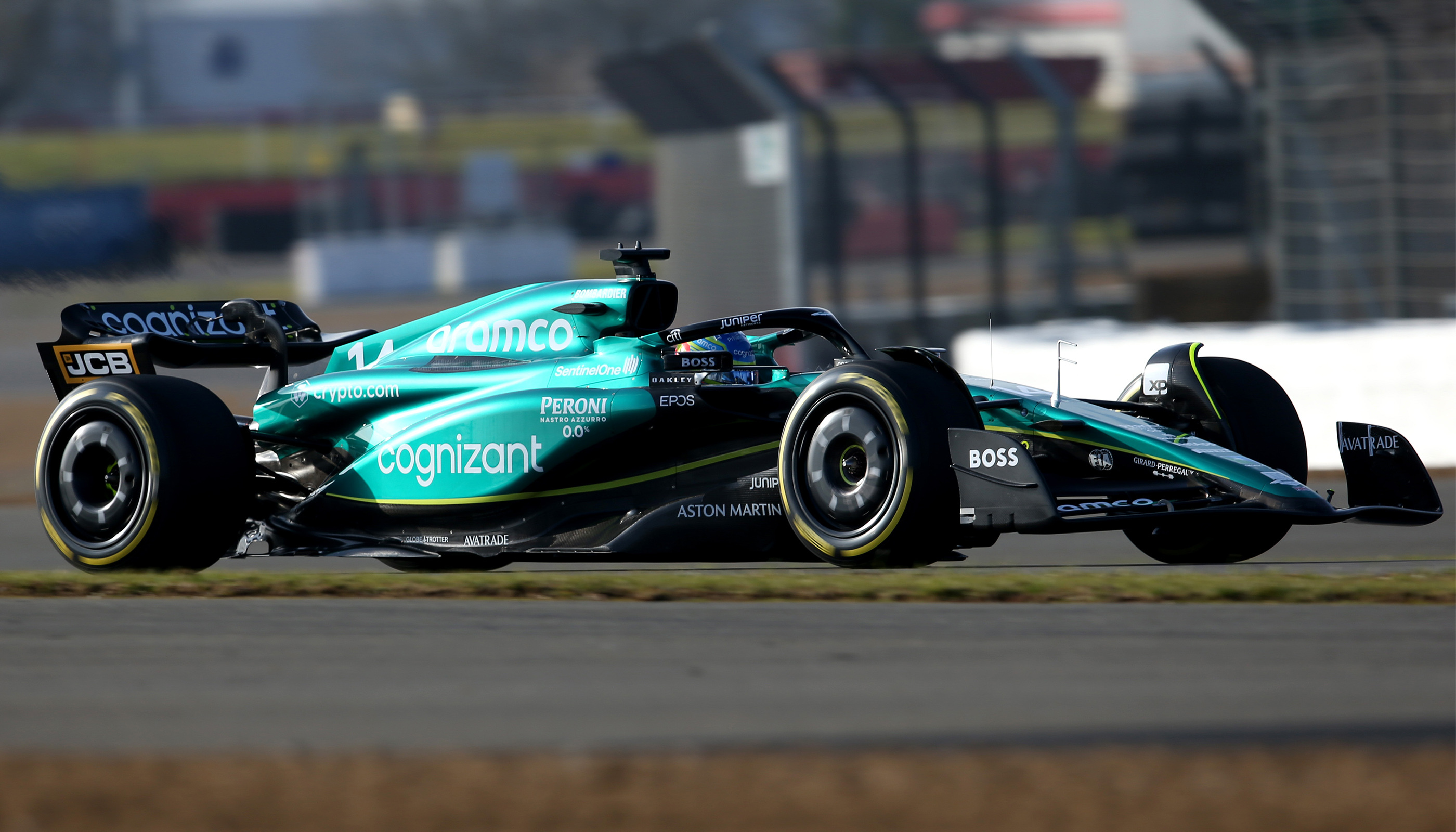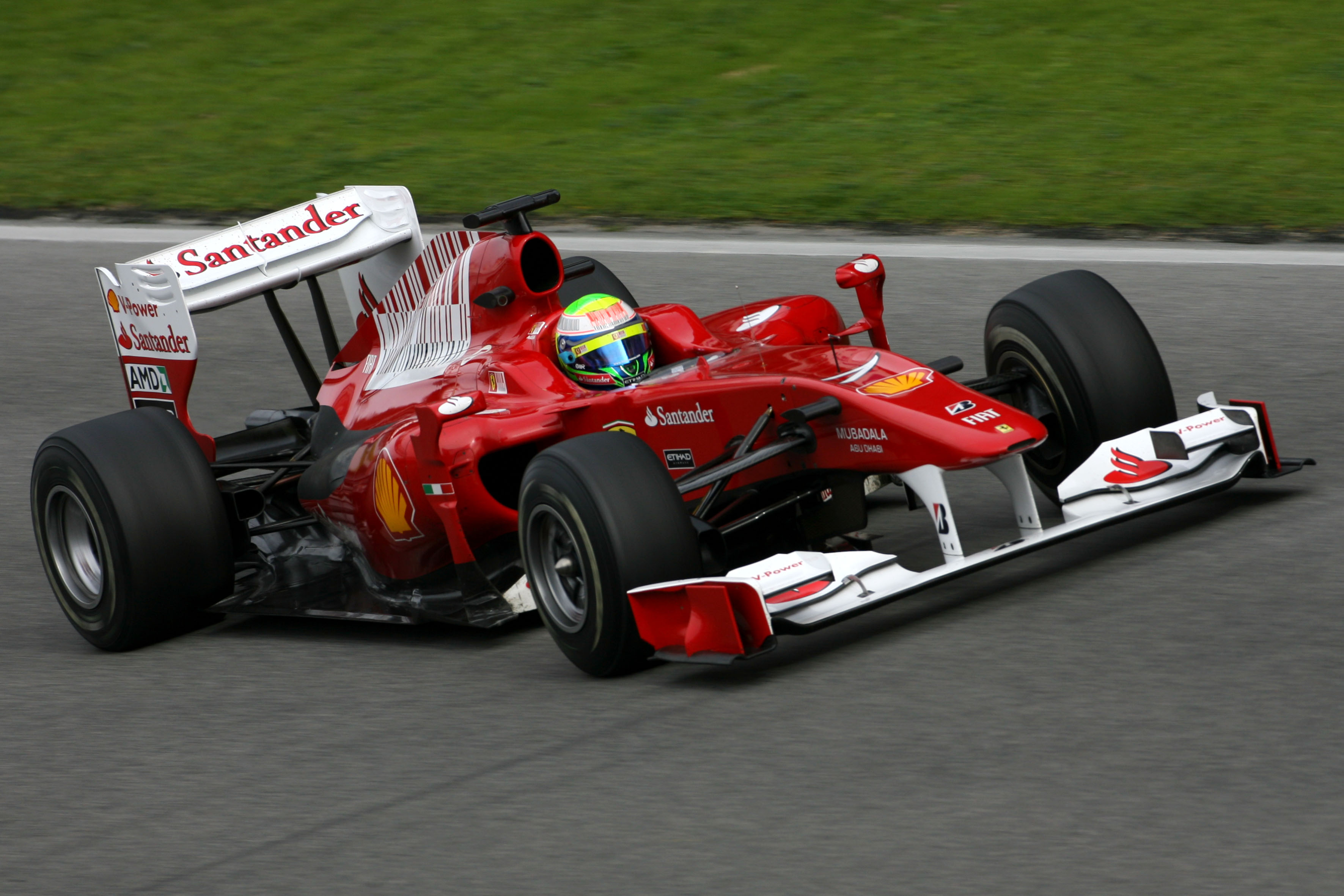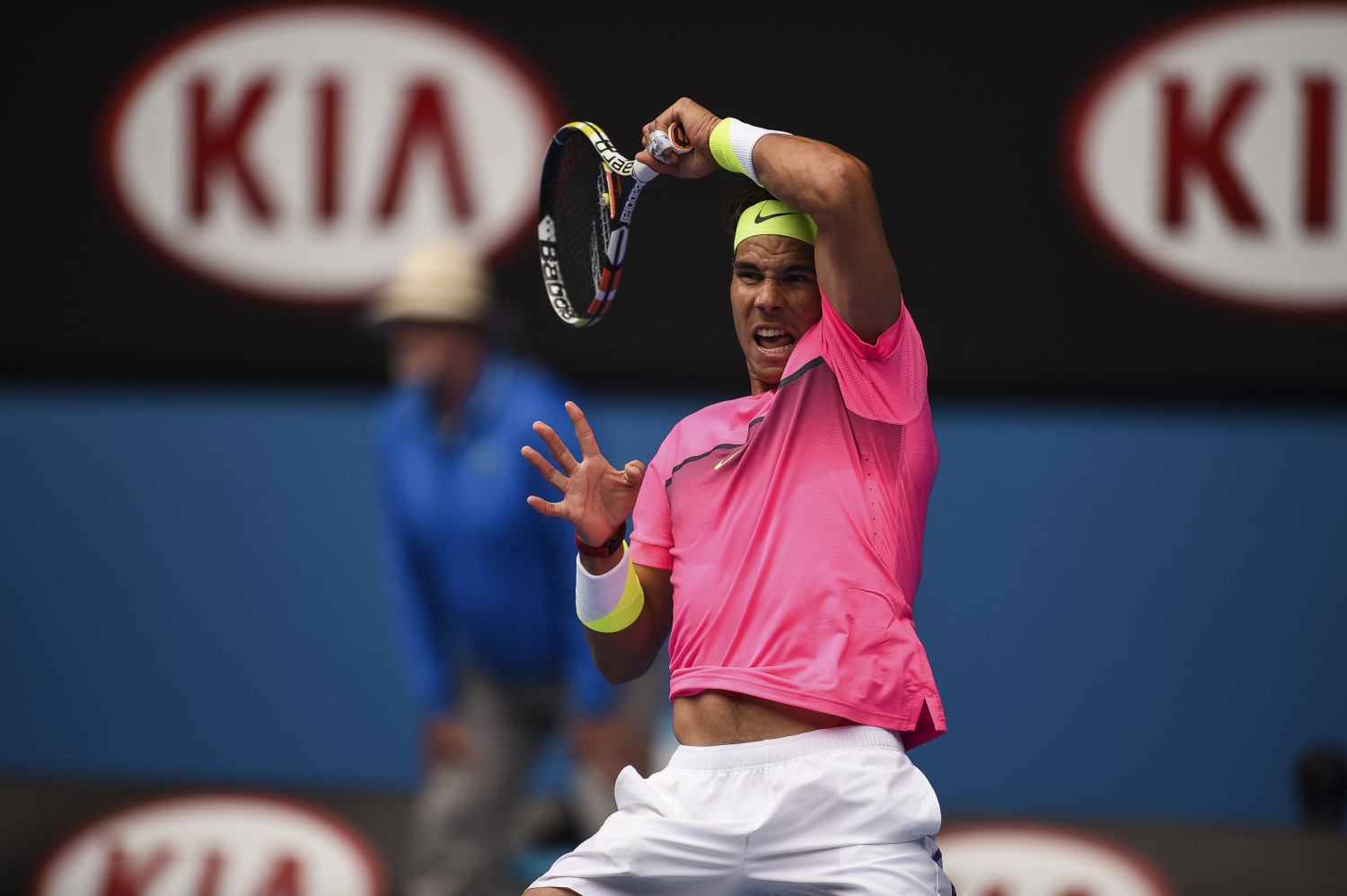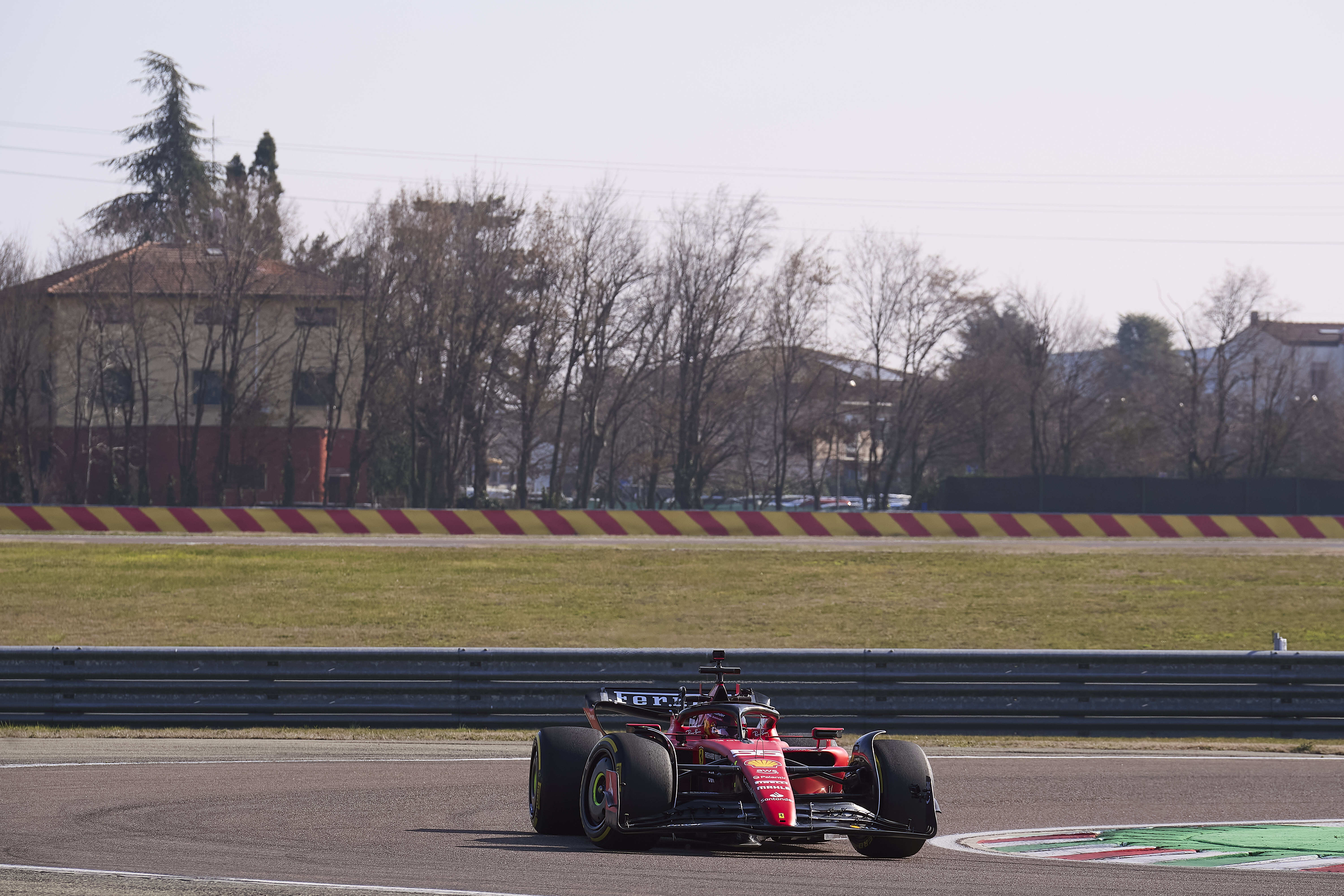Pre-season testing will be all over in the blink of an eye in 2023, with just three days in Bahrain to prepare for the coming season. That means a day-and-a-half for drivers to get their eye in, something Fernando Alonso described as “unfair”.
Now, Alonso of course might get additional running after team-mate Lance Stroll was ruled out of the test, – although at least on the opening day Stroll will be replaced by Felipe Drugovich – but for the vast majority of drivers on the grid that day-and-a-half allowance is virtually the full extent of actual on-track prep, with only shakedowns to supplement it.

In-season testing was banned in 2009. While that rule has been eased, with group tests occasionally cropping up during the racing year and tyre testing ongoing, it has ensured testing mileage is strictly limited.
It has also led to pre-season testing being homogenised. In 2009, there was still some divergence in terms of venue, but from 2010 pre-season testing has been built around uniform group tests in order to share costs. Just one car can be used, with the number of pre-season tests dropping from four with 15 days of running initially (it rose to 16 for the following season) to just a single test of three days this year.
Although teams have become more efficient at using test days thanks to improved preparation and reliability, that still means significantly less mileage available.

In 2010, Felipe Massa logged the most pre-season testing mileage with 3723km for Ferrari in 2010. In 2021, the only previous occasion there were three pre-season days, Pierre Gasly managed 1282km. Generally, teams are getting more out of a day of pre-season testing in terms of distance covered now by around 70%.
That’s little opportunity even for seasoned campaigners in teams they already know well even to get into the swing of things, let alone those who have moved teams or the rookies.
Alonso is one of three established F1 racers who will be acclimatising to a new team in testing after his move to Aston Martin, along with Pierre Gasly (Alpine) and Nico Hulkenberg (Haas). There are also three F1 rookies in Logan Sargeant, Oscar Piastri and Nyck de Vries, although the latter already has one F1 start under his belt.
If even Alonso, the most experienced F1 racer in history with a record 358 starts and whose first taste of grand prix machinery was way back in December 1999, believes the limited preparation is problematic, imagine how tough it is for the newcomers.
“At the beginning, I expect some difficult races until we find where the car operates, which window in the set-up we have to work with,” said Alonso.
“The first five or six races in Alpine, I was struggling a lot with the feeling of the front end, [and with] different power steering settings.”
Before the Stroll news came out, suggesting he may get extra mileage, Alonso expected he would “not be 100% in Bahrain, or in Jeddah, maybe not in Australia”. And it’s unlikely his tune will have changed completely either way.
“That’s a little unfair,” he added. “I think this is the only sport in the world where you do one day and a half of practice then you play a world championship.”
The three rookie drivers aren’t going in completely cold. De Vries completed 985km on race weekends in 2022, including his grand prix debut at Monza. On top of that, he has 1815km in official testing under his belt as well as tyre testing mileage in addition to old-car running.
let's start off the week with some @nyckdevries track pics ✌️ pic.twitter.com/B5kMbHixGs
— Scuderia AlphaTauri (@AlphaTauriF1) January 30, 2023
The experienced drivers have far more running under their belts and some have been fortunate enough to run during the tyre tests Pirelli has held over the winter. That includes Mercedes duo Lewis Hamilton and George Russell.
GPDA director Russell pointed to a potential way to increase the available running.
“Personally speaking, I don’t think three days is enough,” said Russell. “You’ve got to remember from a driver’s perspective, that is one and a half days per driver. We were fortunate to do the [tyre] tests, but had we not that would have been getting on for 12 weeks out of the car, from Abu Dhabi to Bahrain.
“Could you imagine Rafa Nadal spending 12 weeks without hitting a ball and then going straight into the French Open with one and a half days of training? It just wouldn’t ever happen.

“I understand and recognise why we do that. I think three days with two cars would probably be a good place to be and that would probably be the best compromise for all of the reasons they’re trying to limit it.
“But right now, one and a half days per driver is too few.”
Russell is right in that expanding to two cars in pre-season testing is the most cost-effective solution. Admittedly, it would mean teams require more personnel at the tests and further stretch their production resources given the need to ensure there are two complete cars worth of parts and spares for pre-season running.
However, given free practice for the first race is just five days after the final day of testing, that’s not an insurmountable challenge.
The other factor that could lead to testing being opened up is the cost cap. This covers all aspects of running the car in testing and therefore could mean that the ceiling is lifted on running. This would then give teams the opportunity to add extra test days should they want to.
It wouldn’t lead to a proliferation of testing, but it would allow teams to add in a little extra pre-season running should they choose to do so. There would likely need to be some measures to stop teams gaining an advantage – for example, a notional cost for track hire and transit that would account for someone like Ferrari having its own Fiorano facility on its doorstep – but that’s easy to formulate.

It could also allow for some strategic decision. For example, do you divert a little of the resource that might have led to upgrades into some extra pre-season running in the hope of a stronger start to the season?
This all depends on the cost cap proving robust, however. It might require another few years before it’s stable enough to stand up to that, but it could be something worth exploring.
And if either this or two-car tests aren’t adopted, then drivers will have to rely on what old-car running may be available, tyre testing and the minimal mileage from filming and demo days to prepare.

